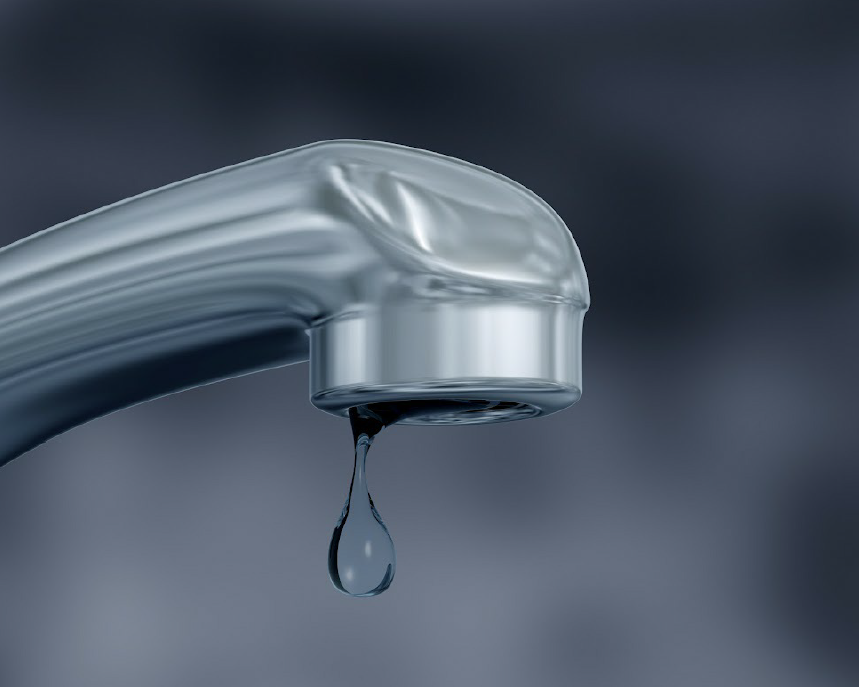6 Ways to Discover Concealed Water Leakages in Your House
6 Ways to Discover Concealed Water Leakages in Your House
Blog Article
Have you been interested in critical info around Finding hidden leaks?

Early detection of leaking water lines can alleviate a possible calamity. Some little water leaks may not be noticeable.
1. Take A Look At the Water Meter
Every residence has a water meter. Checking it is a proven way that aids you uncover leaks. For starters, shut off all the water sources. Guarantee nobody will certainly purge, use the tap, shower, run the washing device or dishwashing machine. From there, most likely to the meter and also watch if it will change. Given that no one is using it, there must be no motions. If it moves, that suggests a fast-moving leakage. Likewise, if you find no changes, wait a hr or 2 and check back once again. This suggests you may have a sluggish leakage that can also be underground.
2. Examine Water Usage
If you find sudden changes, despite your usage being the very same, it implies that you have leakages in your plumbing system. An abrupt spike in your costs indicates a fast-moving leakage.
A consistent rise every month, even with the very same routines, reveals you have a slow-moving leakage that's additionally gradually intensifying. Call a plumber to thoroughly check your home, especially if you really feel a cozy location on your floor with piping below.
3. Do a Food Coloring Test
When it comes to water intake, 30% comes from bathrooms. If the shade somehow infiltrates your bowl during that time without flushing, there's a leak in between the tank and also bowl.
4. Asses Exterior Lines
Do not neglect to examine your exterior water lines too. Examination spigots by connecting a garden hose pipe. Needs to water permeate out of the link, you have a loosened rubber gasket. Change this as well as ensure all connections are tight. If you've obtained a lawn sprinkler, it will certainly help get it professionally analyzed as well as preserved each year. One small leakage can lose tons of water and also increase your water bill.
5. Inspect as well as Analyze the Situation
Homeowners should make it a routine to inspect under the sink counters and also inside closets for any bad odor or mold growth. These 2 red flags suggest a leakage so punctual focus is called for. Doing regular assessments, even bi-annually, can save you from a major issue.
If you recognize your house is already old, maintain a careful eye on your heaters, pipes, pipelines etc. Check for discolorations and also compromising as many pipes as well as home appliances have a life span. They will certainly additionally normally weaken because of tear and use. If you suspect leaking water lines in your plumbing system, don't await it to escalate. Call a specialist plumber as soon as possible so you do not wind up with a dreadful mess in your house.
Early detection of dripping water lines can minimize a potential catastrophe. Some little water leakages might not be noticeable. Inspecting it is a guaranteed method that assists you find leakages. One tiny leak can throw away heaps of water and also spike your water costs.
If you suspect dripping water lines in your plumbing system, don't wait for it to intensify.
WARNING SIGNS OF WATER LEAKAGE BEHIND THE WALL
PERSISTENT MUSTY ODORS
As water slowly drips from a leaky pipe inside the wall, flooring and sheetrock stay damp and develop an odor similar to wet cardboard. It generates a musty smell that can help you find hidden leaks.
MOLD IN UNUSUAL AREAS
Mold usually grows in wet areas like kitchens, baths and laundry rooms. If you spot the stuff on walls or baseboards in other rooms of the house, it’s a good indicator of undetected water leaks.
STAINS THAT GROW
When mold thrives around a leaky pipe, it sometimes takes hold on the inside surface of the affected wall. A growing stain on otherwise clean sheetrock is often your sign of a hidden plumbing problem.
PEELING OR BUBBLING WALLPAPER / PAINT
This clue is easy to miss in rooms that don’t get much use. When you see wallpaper separating along seams or paint bubbling or flaking off the wall, blame sheetrock that stays wet because of an undetected leak.
BUCKLED CEILINGS AND STAINED FLOORS
If ceilings or floors in bathrooms, kitchens or laundry areas develop structural problems, don’t rule out constant damp inside the walls. Wet sheetrock can affect adjacent framing, flooring and ceilings.
https://www.servicemasterbyzaba.com/blog/how-to-detect-water-leakage-in-walls/

I recently found that piece on Detecting hidden plumbing leaks when surfing the web. In case you appreciated our post if you please don't forget to share it. Thank you so much for taking the time to read it.
Report this page